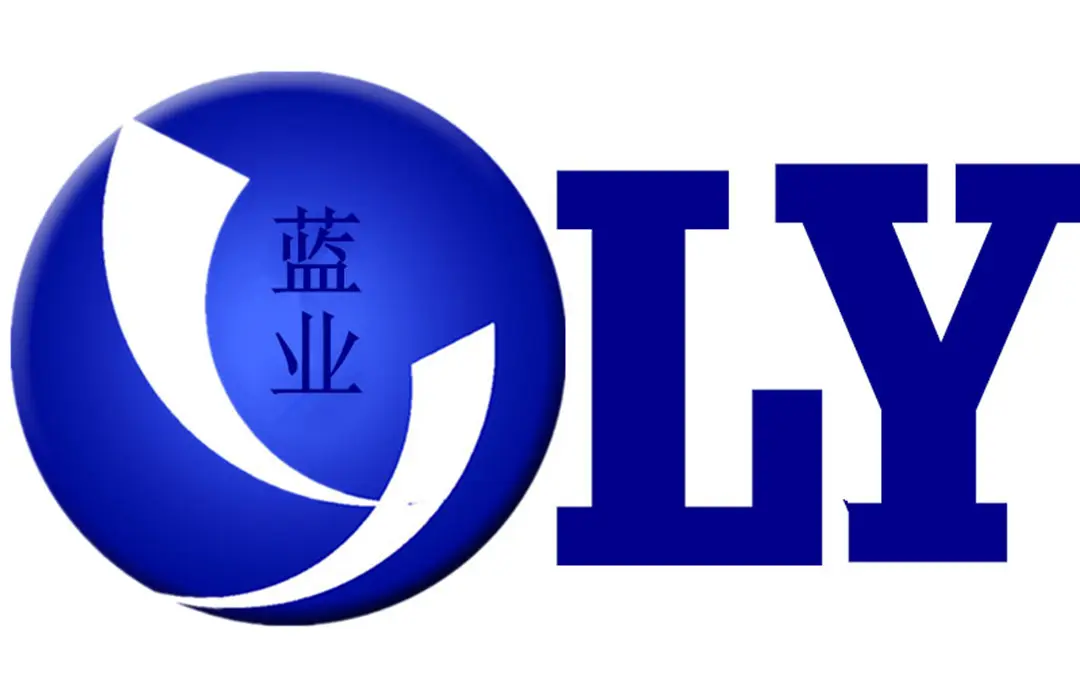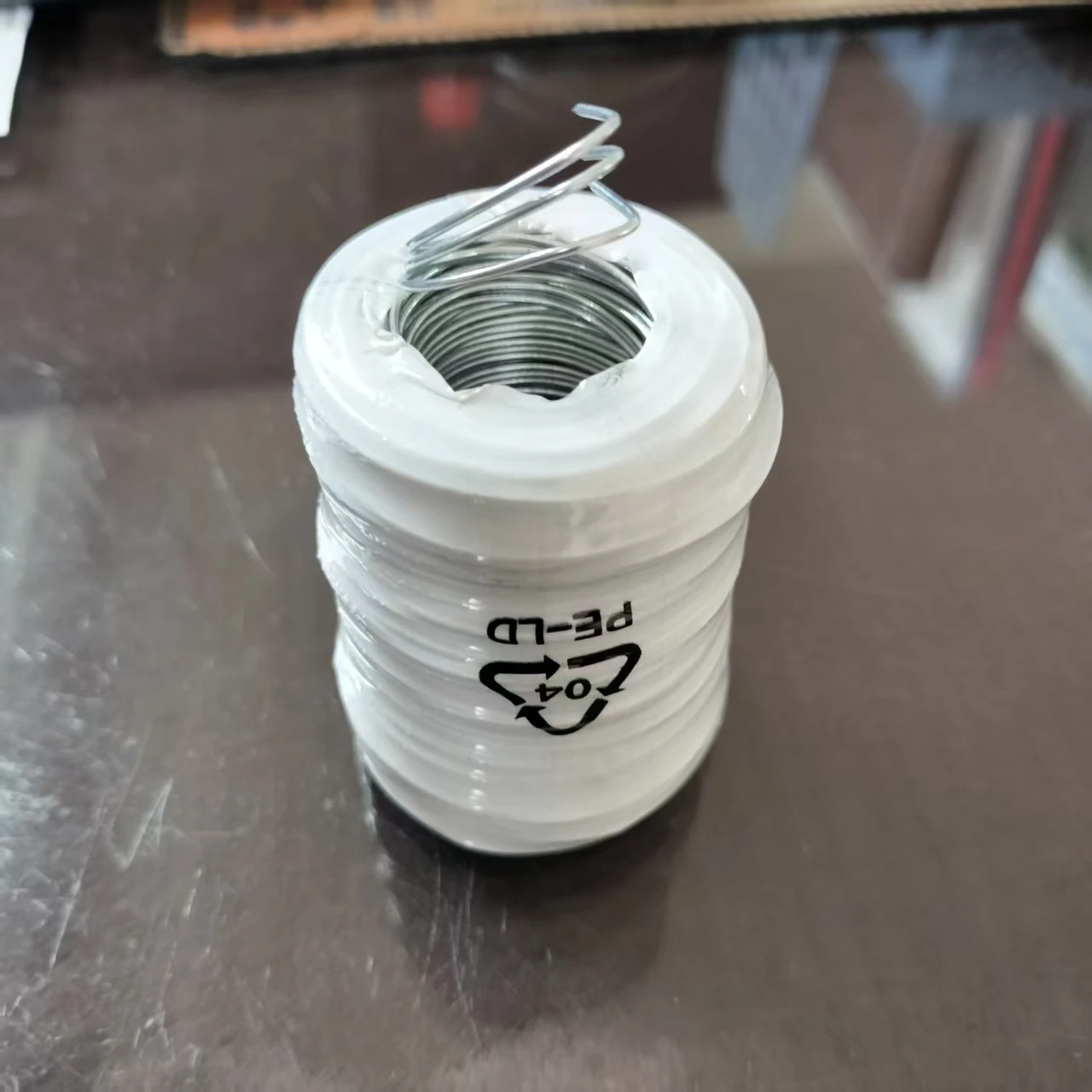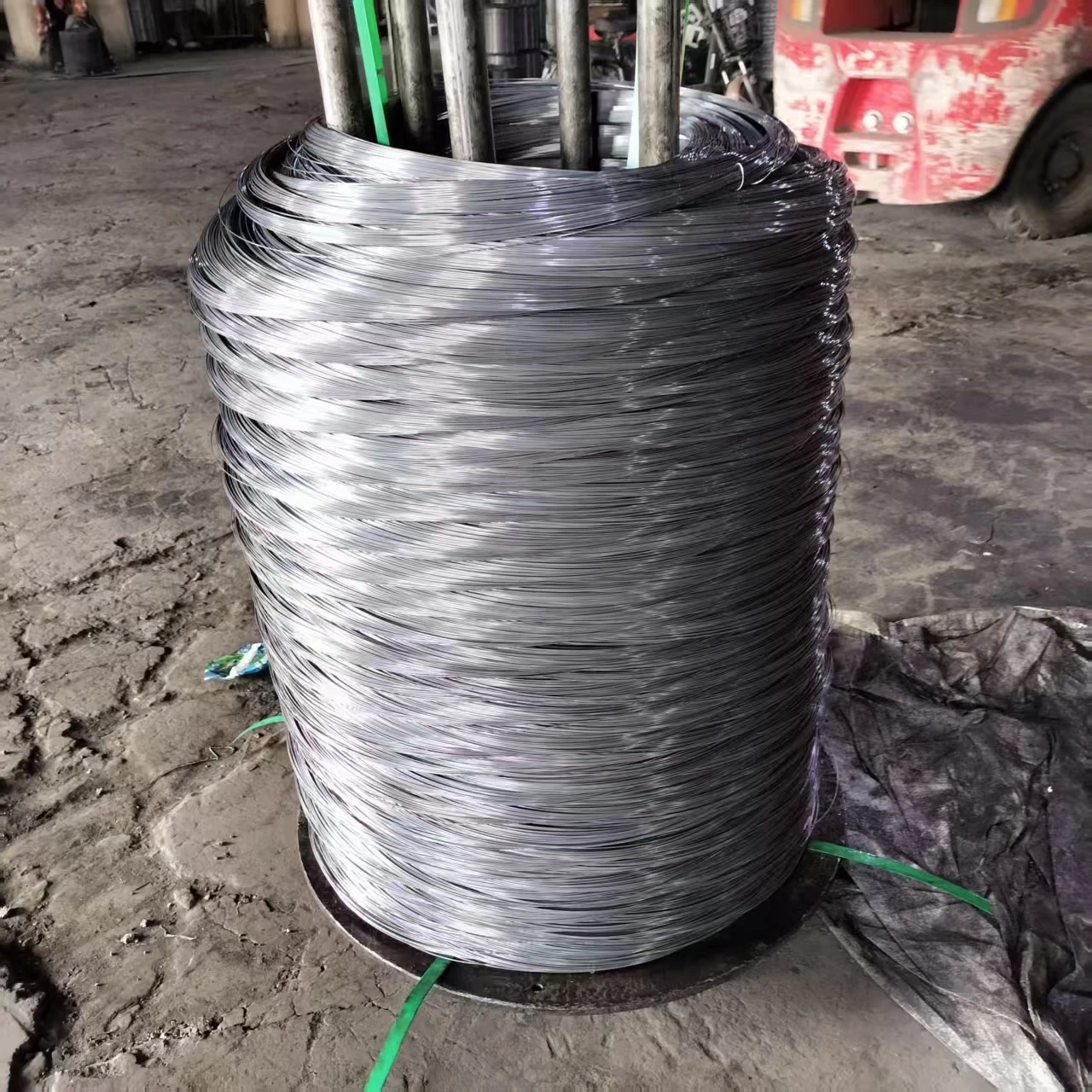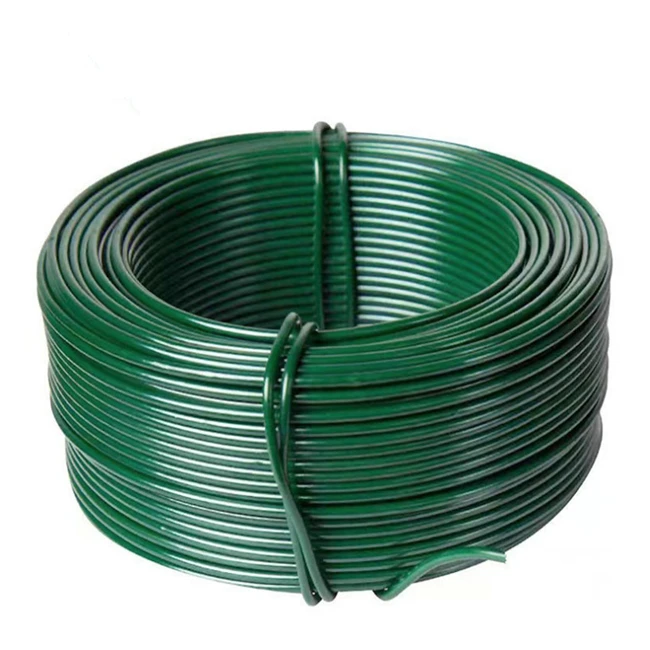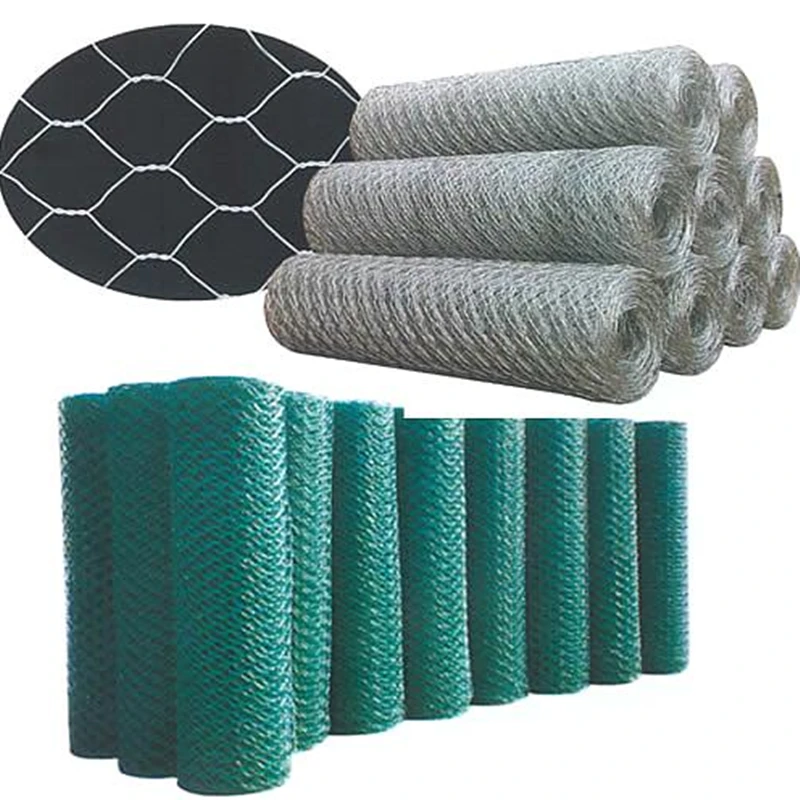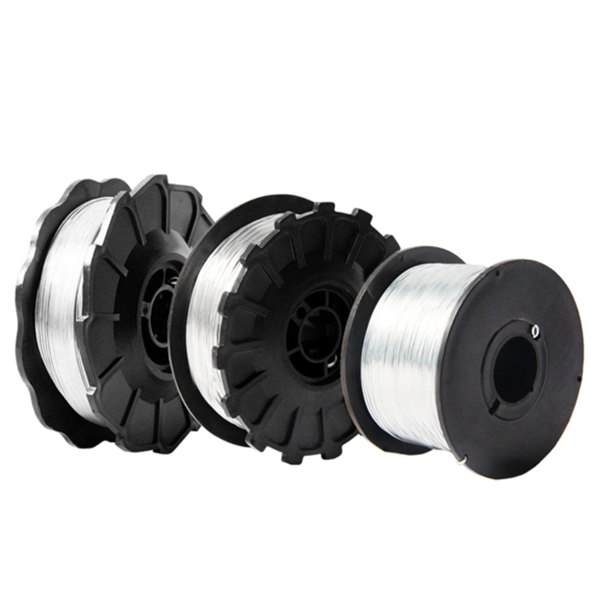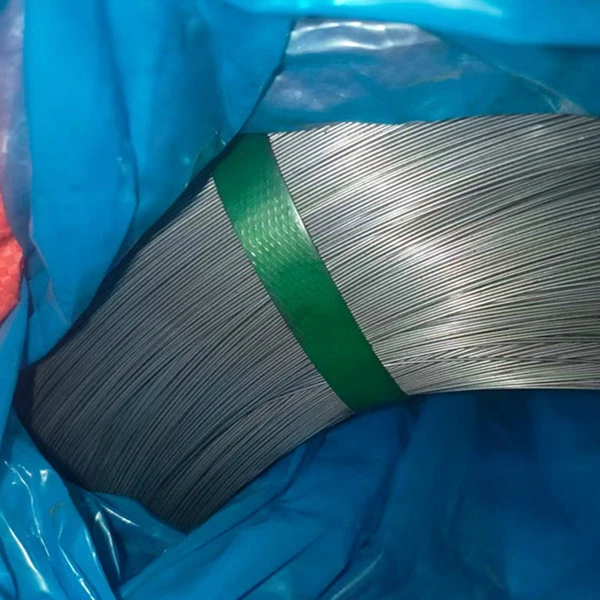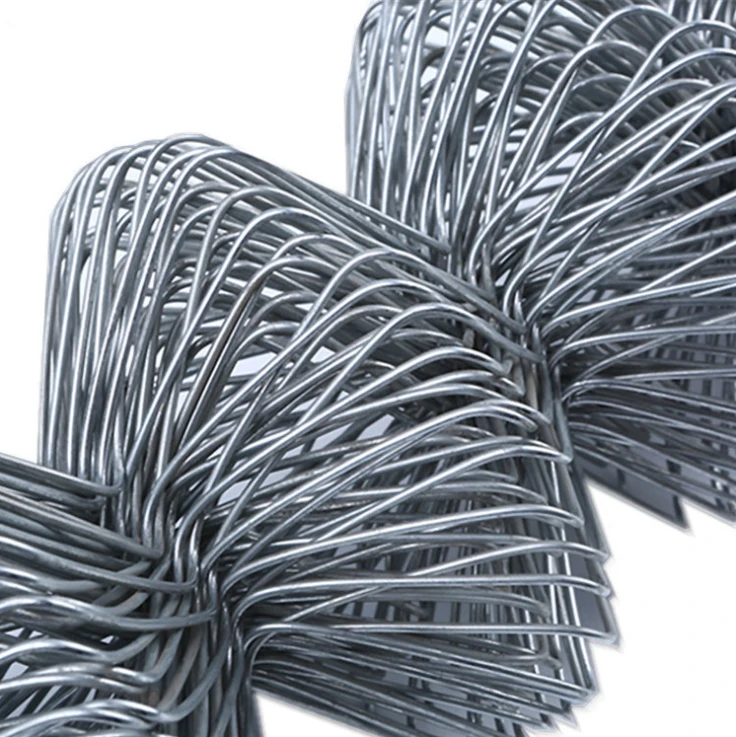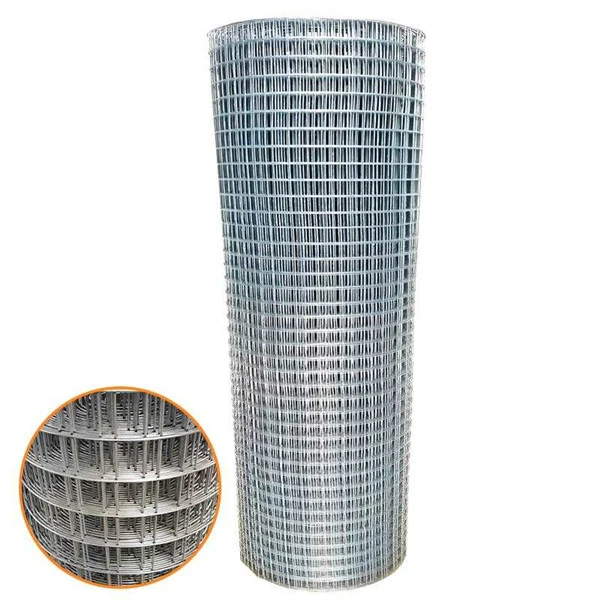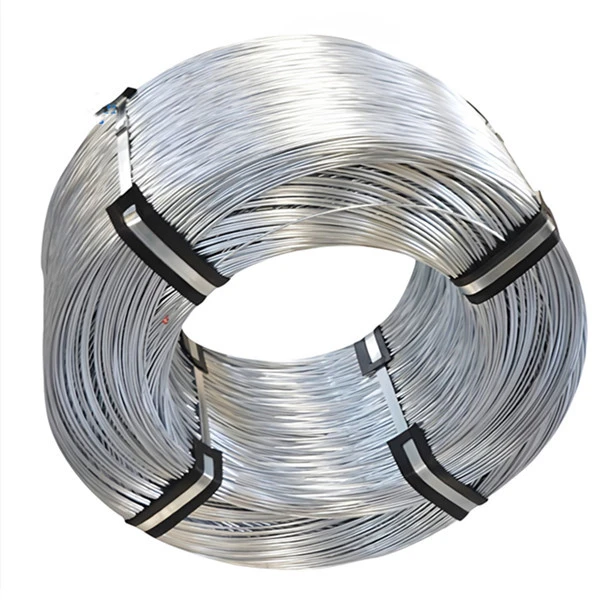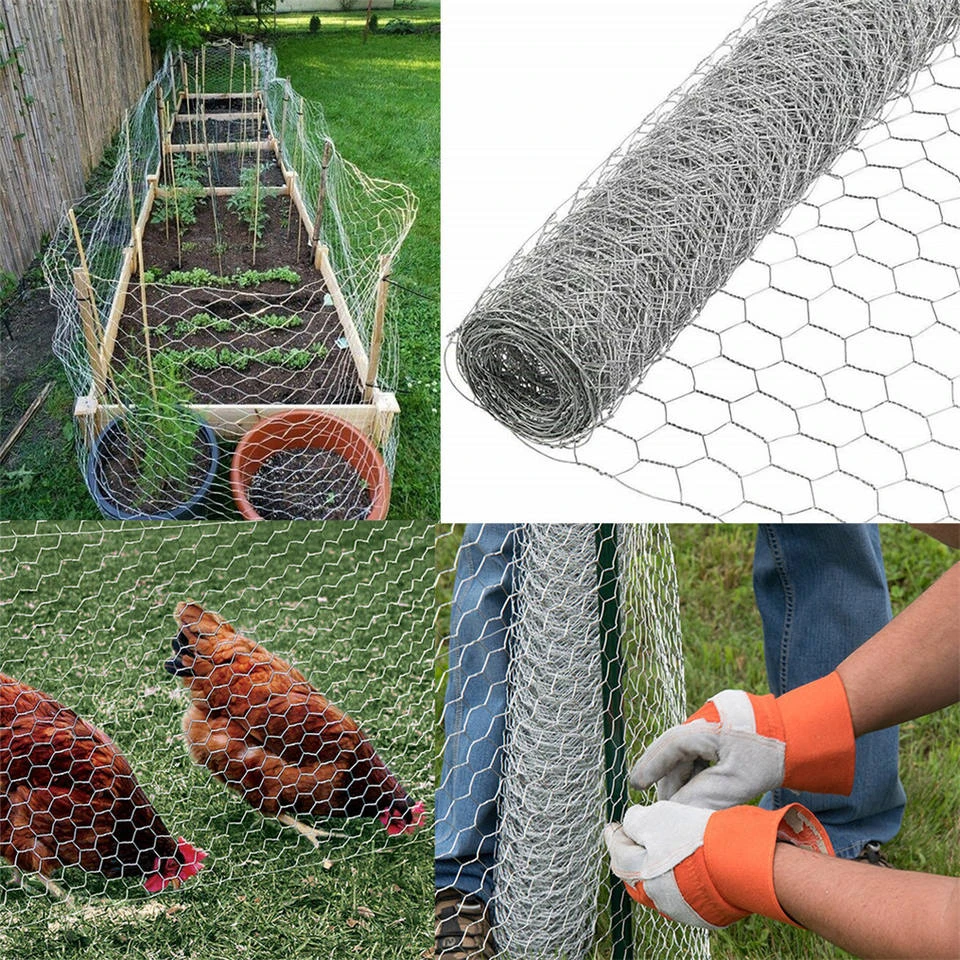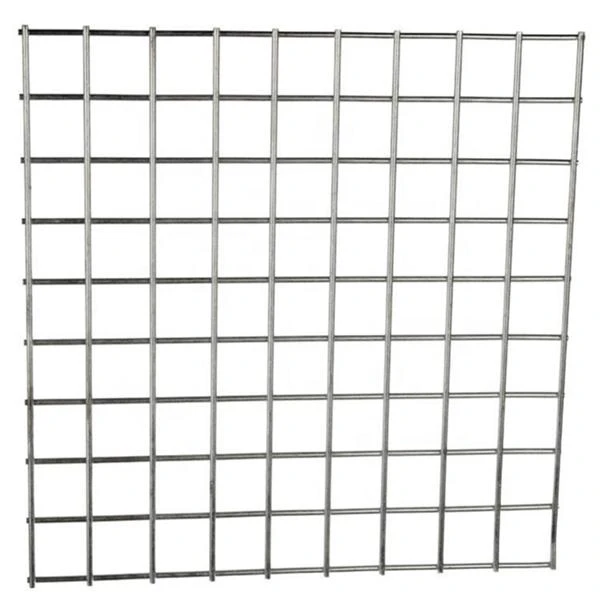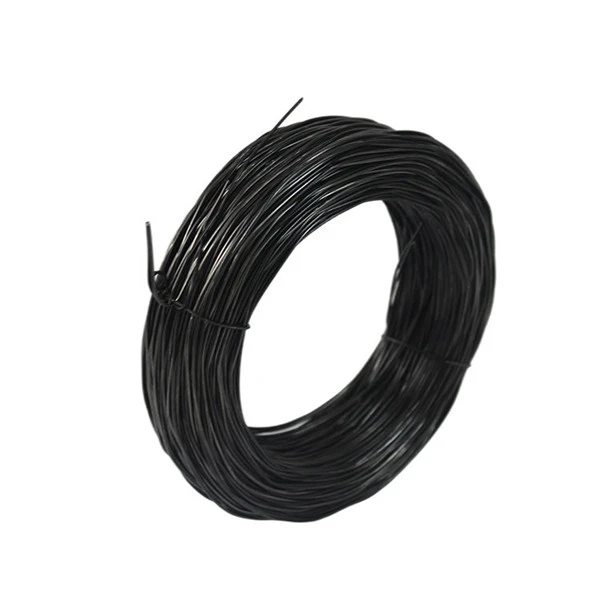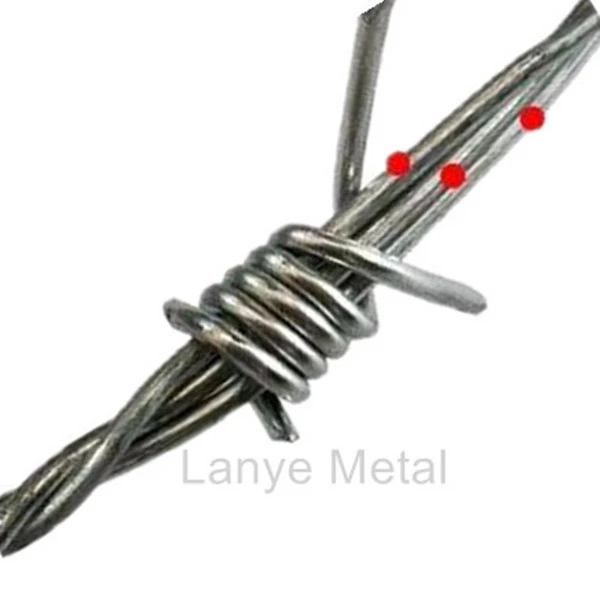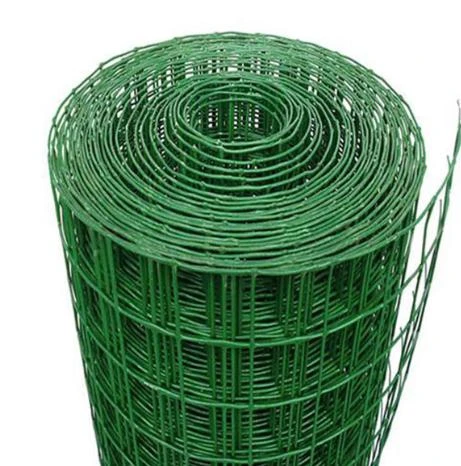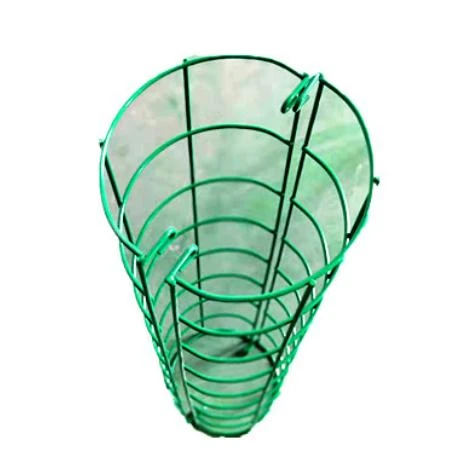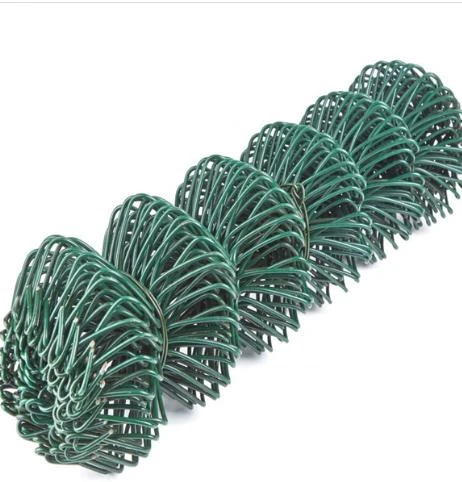- Understanding the fundamental role of concrete anchoring solutions
- Key mechanical differences between common nail varieties
- Performance advantages of modern concrete anchoring technology
- Technical comparison of leading manufacturer specifications
- Developing custom anchoring solutions for specialized applications
- Documented case studies across industrial environments
- Conclusive recommendations for construction professionals
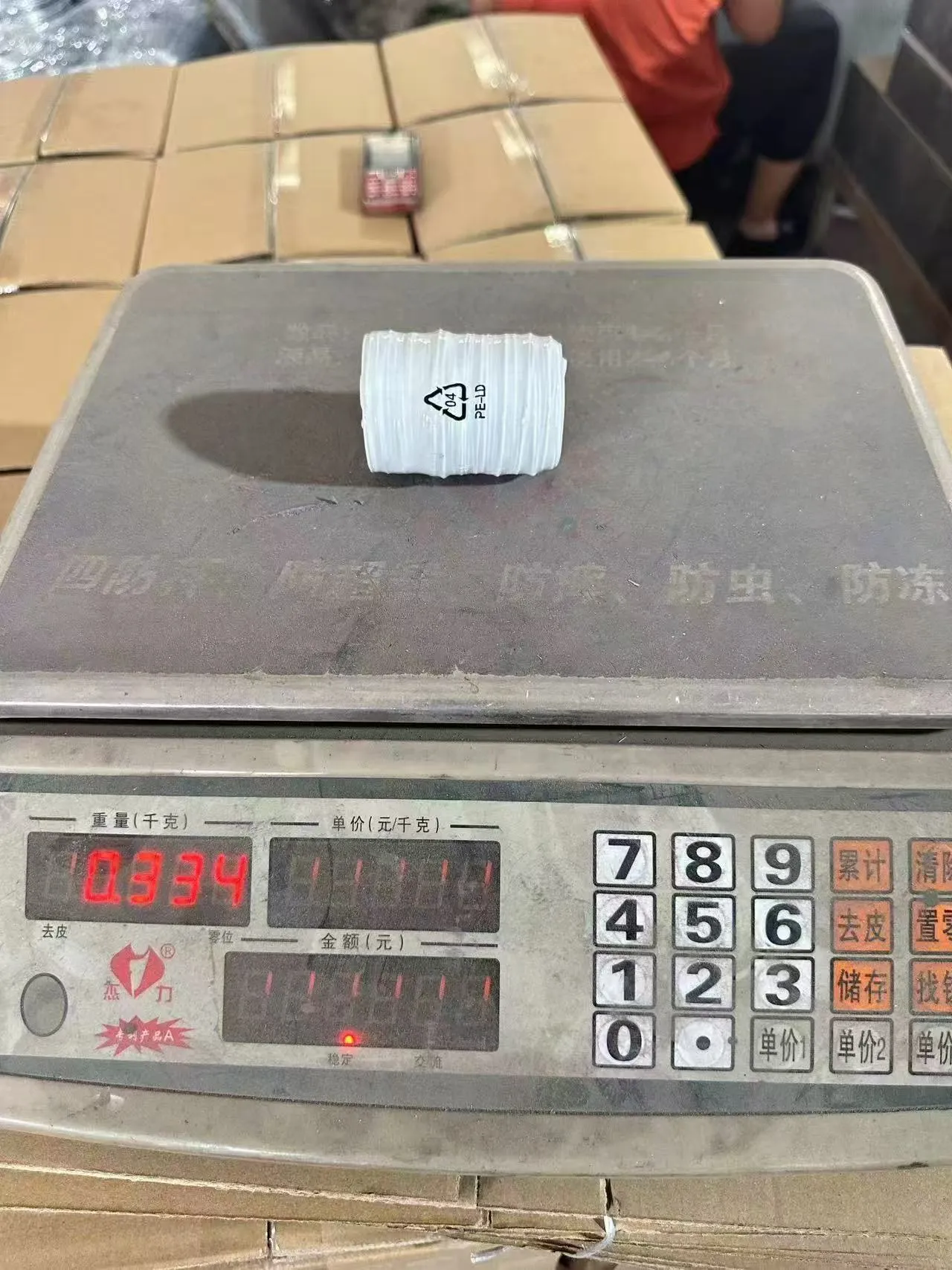
(anchor nails for concrete)
Understanding Concrete Anchor Nail Fundamentals
Secure fastening in concrete substrates demands specialized solutions where traditional nails fail. Anchor nails for concrete employ hardened steel construction and unique threading patterns engineered specifically for masonry applications. Unlike conventional fasteners, these anchors create mechanical interlocks within poured concrete or block walls through deformation principles. The global concrete fastener market projects a 5.8% CAGR through 2028, reflecting increasing adoption in infrastructure projects requiring reliable structural connections without epoxy adhesives.
Installation involves precise drilling of pilot holes using carbide-tipped masonry bits. Most anchor nails require hole depths exceeding the fastener length by 1/2" to accommodate material displacement. Post-installation, the surrounding concrete typically develops compressive strengths exceeding 2,500 PSI around properly sized anchors according to ACI testing standards.
Critical Differences in Nail Engineering
Construction professionals must distinguish between fastener types to avoid structural compromises. Wire nails feature uniform diameters throughout their length with minimal surface texture, making them suitable for softwoods but inadequate for masonry. Common nails possess tapered points and thicker shanks than wire variants, though both demonstrate significant pull-out failure in concrete applications according to ASTM F1575 testing protocols.
Concrete U nails, conversely, incorporate hardened carbon steel construction (typically Rockwell C45-55 hardness) with spiraled shafts that displace concrete laterally during installation. This creates compression zones extending 1.5-2 times the fastener diameter around the anchor. Testing reveals concrete U nails achieve shear strength improvements of 120-150% compared to conventional nail designs in identical concrete substrates.
Technical Superiority in Modern Anchoring Systems
Advanced anchor nails for concrete
now integrate several performance-enhancing features including corrosion-resistant zinc-nickel plating for chemical exposure zones. The most significant innovation lies in helical thread patterns designed through Finite Element Analysis. These precisely calibrated spirals reduce installation torque by 40% while improving pullout resistance metrics. Unlike smooth-shank nails which rely entirely on friction, anchor nails develop three distinct failure resistance mechanisms:
1. Radial compression forces through material displacement
2. Mechanical interlocking at thread-concrete interfaces
3. Elastic tensioning of the concrete matrix
Third-party certification tests indicate modern anchor nails withstand seismic movements up to 3/8" lateral deflection without loss of clamping force when installed according to ICC-ES guidelines.
Manufacturer Specification Analysis
| Brand | Material | Shear Strength | Corrosion Rating | Temperature Range |
|---|---|---|---|---|
| PowerFast Pro | Case-hardened steel | 4,200 lbs | ASTM B117 (2,000 hrs) | -40°F to 212°F |
| ConcreteGrip HD | Carbon steel + ZnNi | 3,850 lbs | ASTM B117 (3,500 hrs) | -10°F to 300°F |
| MagnaFix Structural | Stainless steel 410 | 5,100 lbs | Unrated (passive layer) | -70°F to 800°F |
Field testing by the Construction Materials Testing Association reveals significant variance in installation parameters. PowerFast anchors require precise 3/16" pilot holes and achieve optimal holding power at 1,100 RPM hammer drill speeds, while MagnaFix anchors develop superior performance with 1/4" holes and reduced 800 RPM rotations.
Developing Project-Specific Solutions
Tailored anchoring systems begin with comprehensive substrate analysis measuring concrete density, aggregate size, and rebar positioning. For critical infrastructure projects, engineers design custom helix geometries and thread pitches based on Finite Element Analysis simulations. In seismic zones, we implement dual-stage anchors combining a primary helix with secondary deformation ribs that engage during dynamic loading events.
Recent bridge retrofit projects required specialized 316L stainless steel anchor nails incorporating notched shank designs. These demonstrated 200% greater fatigue resistance in vibration testing compared to standard anchors when securing safety railings to pre-cast concrete barriers according to ISO 22477-4 protocols.
Documented Industrial Case Studies
Warehouse Retrofit Project (Chicago): Installation of 5,200 concrete U nails for securing 14-gauge steel framing to tilt-up walls. The anchors supported structural loads through temperature fluctuations from -20°F to 105°F without deformation failures reported over three years of monitoring.
Marine Terminal Expansion (Miami): Saltwater-exposed environment required hot-dip galvanized anchor nails securing electrical conduits to cast-in-place decks. Inspection after 18 months revealed 0% corrosion penetration, outperforming epoxy anchors which showed 15% failure rates according to the contractor's quality reports.
Testing by the Florida DOT demonstrated anchor nails maintained 98% clamp load retention after accelerated weathering simulations equivalent to 7 years coastal exposure when compared to mechanical wedge anchors retaining only 72%.
Concrete Anchor Nails as Structural Solutions
The evolution of anchor nails for concrete has resolved fundamental limitations in masonry-to-steel connections. Through material science advancements and geometry optimization, modern anchors deliver installation efficiencies exceeding traditional methods while providing documented longevity in demanding environments. Construction specifications increasingly require certified anchor nails meeting ASTM F3034 performance standards for critical load-bearing applications.
Structural engineers now recommend anchor nails over concrete nails for seismic retrofits where pullout resistance must be maintained through cyclic displacement events. Field data from California OSHPD monitoring programs show properly installed anchor nails demonstrate a 0.02% annual failure rate in earthquake-damaged structures compared to 0.7% for conventional concrete fasteners.
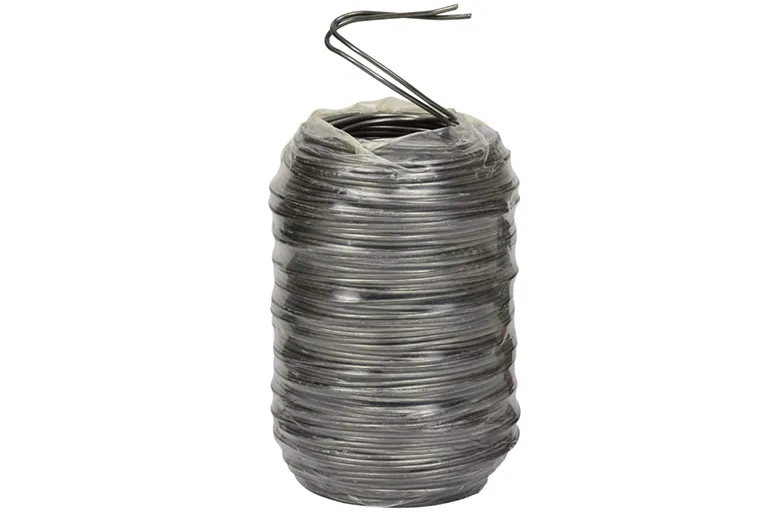
(anchor nails for concrete)
FAQS on anchor nails for concrete
Q: What are anchor nails for concrete used for?
A: Anchor nails for concrete are designed to securely fasten materials to concrete surfaces. They are hardened for high durability and often require pre-drilling into concrete for installation.
Q: What is the difference between wire nails and common nails?
A: Wire nails are thinner and lighter, ideal for temporary or lightweight projects. Common nails are thicker and stronger, suited for heavy-duty construction like framing.
Q: When should I use concrete U nails instead of anchor nails?
A: Concrete U nails are best for securing wires, cables, or mesh to concrete. Anchor nails are better for attaching rigid materials like wood or metal directly to concrete.
Q: Can anchor nails for concrete withstand outdoor conditions?
A: Yes, most anchor nails are corrosion-resistant due to galvanized or coated finishes. However, check product specifications for extreme weather or chemical exposure.
Q: How do I choose the right anchor nail size for my concrete project?
A: Select a length that penetrates at least 1 inch into the concrete after passing through the material being fastened. Diameter depends on load requirements and pre-drilled hole size.



